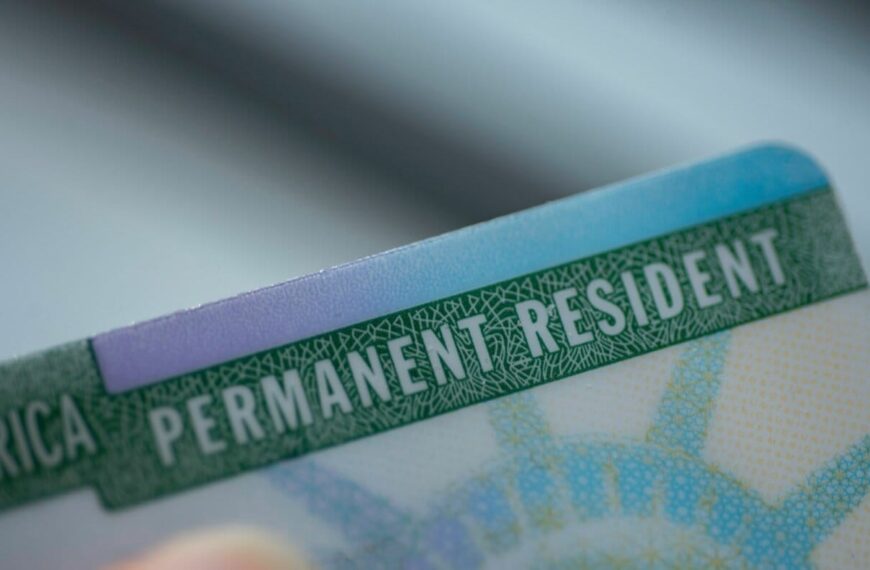Introduction to Humanitarian Corridors for Afghan Refugees
In recent developments surrounding global immigration, a significant event has taken place as 119 Afghan refugees arrived in Rome through humanitarian corridors. This initiative aims to provide safe passage for individuals fleeing perilous situations in their home country. The humanitarian corridors serve as a beacon of hope for those seeking refuge from ongoing conflicts and instability.
Understanding Humanitarian Corridors
Humanitarian corridors are special arrangements that allow refugees to enter a new country legally and safely. These corridors are often established in response to urgent needs arising from crises, such as armed conflicts or natural disasters. The objective is to ensure the protection of vulnerable populations while promoting their integration into the host country.
Key benefits of humanitarian corridors include:
The Arrival of Afghan Refugees in Rome
The recent arrival of Afghan refugees in Rome marks a pivotal moment in the ongoing humanitarian response to the crisis in Afghanistan. With the Taliban’s return to power, many Afghans faced persecution, prompting the need for international asylum. The refugees, who arrived via organized flights, represent a small fraction of those seeking safety abroad.
The Italian government, alongside various humanitarian organizations, has played a vital role in facilitating this initiative. By employing humanitarian corridors, they aim to assist vulnerable groups, including women, children, and individuals at risk of persecution.
Challenges Faced by Afghan Refugees
While humanitarian corridors offer a means of escape, many Afghan refugees face numerous challenges upon arrival in their new host countries. Some of the common difficulties include:
Integration Challenges:
Legal Challenges:
Humanitarian Parole and Immigration Policy
The concept of humanitarian parole is instrumental in addressing the immediate needs of refugees. Humanitarian parole allows individuals to enter the United States or other countries temporarily for urgent humanitarian reasons. This is often applicable to those who cannot secure a visa or face immediate threats to their safety.
For Afghan refugees, humanitarian parole can provide a pathway to safety and stability. It allows them to begin rebuilding their lives while their asylum applications are processed. Understanding the nuances of immigration policies is essential for both refugees and those assisting them.
Current Immigration News and Developments
As the situation evolves, various countries are responding to the influx of Afghan refugees and the broader immigration landscape. In the United States, for instance, the USCIS office locator has become a critical resource for individuals seeking assistance with their immigration applications. Recent news highlights the ongoing efforts to streamline processes for Afghan refugees, including updates on advance parole and other immigration measures.
In addition, organizations and advocacy groups are continuously working on immigration reform news to address the needs of various immigrant populations. As global dynamics shift, it is essential for policymakers to stay informed and responsive to the challenges faced by refugees.
The Role of Community Support
Community support plays an integral role in the successful integration of refugees into their new environments. Local organizations often provide essential resources such as:
Conclusion
The arrival of 119 Afghan refugees in Rome through humanitarian corridors underscores the importance of international cooperation in addressing humanitarian crises. As these individuals begin their journey toward a new life, the support of governments, organizations, and communities will be vital.
By understanding immigration policies, advocating for rights, and fostering community engagement, we can collectively work towards a more compassionate and effective response to the needs of refugees. As the world navigates the complexities of immigration, it is crucial to prioritize humanity and safety for those in need.










